Peppers started out as a tiny berry hidden on perennial bushes in the mountains of Mexico and Central America, but they’ve come a long, long way since they were domesticated 6,000 years ago. Ever since people around the world got a taste of these spicy, sweet, colorful fruits, we don’t seem to be able to get enough of them. Whether they add the soul to your paprikas, the kick to your pickled vegetables, the mind-numbing heat to your curry, or the mellow sweetness to a baked quiche, it’s hard to imagine our culinary world without the contributions made by the seemingly humble Capsicum genus.

But if you really love and enjoy growing them, there’s a crucial way to step up your pepper game, and it has nothing to do with how spicy they are. It’s all about looking to the future and saving your own pepper seeds. With this simple skill under your belt, your pepper plants will not only be piquant and pretty, but self-sustaining to boot.
Here’s how to do just that.
Grow a Pepper Plant (Potentially Optional)

Ripe, viable pepper seeds can only be harvested from completely ripe pepper fruits. So I say “potentially optional” in this section, because it is technically possible to buy fully ripe peppers (and I do mean fully ripe … more on that later), loaded with viable seeds, from your local grocery or farmers market. That said, the seeds you harvest (especially if they’re from the supermarket) will very possibly be hybridized, which means the plants produced by them will be anyone’s guess.
Of course, that said, the mysterious peppers that can be produced by your possibly hybrid seeds, may end up being delicious and wonderful, but they may also end up tiny and disappointing. If you’re up for facing the unknown, go for it!
Of course, if you don’t like the idea of wasting gardening efforts on the unknown, you’ll need to grow your own peppers. That’s not a bad thing, because growing peppers from seeds gives you access to many more types of peppers than the few offered at the grocery store.
There are five domesticated species of peppers. You’re most likely to be growing those from Capsicum annuum (most sweet peppers) or C. chinense (many hot peppers), though a few varieties of C. baccatum have become popular as well.
Peppers can and do cross often, even though they are (largely) self-pollinating. For growing seeds that are true to type, grow one of a species or separate varieties by at least 300 feet.
Get at Least Six Peppers to Their Final Color

Now, whether you’ve grown or bought peppers, the way to get good seeds is to harvest them at their final color. For those of you new to growing peppers, this is not as straightforward as it might seem. You have seen bright, glossy-green jalapenos, bell peppers, and poblanos at the grocery store, so you might not realize that those green peppers were unripe.
In order to be fully ripe, those varieties need to ripen to a fire-engine red (sometimes turning alarmingly near-black before they arrive there). The final color of other pepper varieties could be brown, orange, yellow, or a combination. Regardless of the specific hue, all peppers have a final color — and whatever that may be, only seeds harvested from a final color pepper will be viable.
If you’re growing peppers, knowing their final color is as easy as looking them up online or waiting until they stop changing colors. In some cases, however, you may find that frost threatens your peppers before they’re quite finished. This is especially true for C. baccatum species, which can feel like they take an eternity to fully ripen.
My Ozark Hat peppers, for example, are C. baccatum, and sometimes my seed harvest is at risk of failure from frost. I have overcome this in two ways. The first way, is to keep my seed peppers in pots that can be easily transported inside on freezing nights, and stay alive long enough to mature their peppers. They can make fun houseplants, if a little unruly-looking.
A second way that (mostly) works is using an apple to ripen nearly-mature fruits. If frost has come, and I have a handful of peppers that are full size and at the cusp of turning their final color, I have harvested them, and put them among apples on a sunny counter. The ethylene gas produced by apples helps the peppers ripen a bit faster, and I’ve gotten viable seeds from this process. Granted, I get about half the seeds I could have if the fruits finished their life on the parent plant, but a few seeds are a whole lot better than no seeds at all.

Let’s say you now have ripe peppers. And, if you were ensuring a nice slice of genetic diversity, you’ve got ripe peppers from at least six different plants. It’s time to finally harvest seeds.
Either Slice in Half and Extract Sweet Pepper Seeds …
Sweet peppers are easy. All you need to do is slice the ripe fruits in half and pick out the seeds. I like peppers for this reason. Getting seeds doesn’t waste any of the delicious fruit. Peppers are another way that you can have your cake, and eat it too.
Or Don a Pair of Gloves and Extract Hot Pepper Seeds
Now, if it’s hot pepper seeds you’re saving, there’s a bit more to say. The bulk of a pepper’s capsaicin (the chemical source of their searing heat) is in the white pith that surrounds the seeds. Harvesting hot pepper seeds, therefore, can easily become absolute misery if you do it bare-handed. You may not notice the burn right away, as you pluck ripe seeds from within their fruits, but give it a few minutes, and you may find yourself in a world of hurt that lingers for hours after seed extraction.
And if you wear contact lenses? Trust me … the pain is unreal.
You can either wear disposable gloves to protect your fingers for seed-extraction, or you can try to flick the seeds out with a butter knife. I have seen some books recommend grinding the peppers in a blender and washing the pulp away to release the seeds, but I never use that method. One reason being the vapors released from the open blender are like tear gas (more pain!), and the other being the pepper flesh is totally wasted in the process.
Allow to Dry Completely
However you extracted the seeds, you need to let them dry completely before you do anything else. Simply laying them on a plate for two weeks should suffice. You’ll know the pepper seeds are ready for storage when a seed snaps cleanly in two pieces.
This is also your chance to sort lifeless, underdeveloped seeds from the viable ones. As you can see in the photo below, underdeveloped seeds are often a bit browner than good, creamy-pale seeds. Underdeveloped seeds will bend in half like a piece of paper, rather than snapping cleanly in half.

Put in Storage, Labeled
Once your seeds are good and dry, slip them into an envelope that is clearly labeled with the variety and date of harvest, and put them into cool, dry storage through the winter. Seeds should be viable for a full five years, though if you plant and save them year after year, you won’t have to worry about long-term viability.
Share Any Extras
It’s likely you may end up with more seeds than you can plant in the next year. If you find yourself in that wonderfully enviable position, why not consider sharing the excess seeds with friends, family, and neighbors? Once upon a time, there were no seed catalogs and seed companies. Seeds were passed hand-to-hand. With your pepper seeds in tow, you can take part in that ancient tradition, bringing a bit of you and your neighbors’ gardens back to an original state of camaraderie, rather than commercialism.
Plant Next Year
Of course, the whole point of this endeavor is to put those carefully grown, collected, sorted, and saved seeds back in the soil to grow a whole new generation of spicy, sweet goodness. And I have to say, there’s a certain satisfaction to seeing the plants grow peppers from your own seeds.
Do you save pepper seeds? What are your favorite varieties to grow? And please tell me I’m not the only one whose made the mistake of forgetting I was handling peppers in the morning, and then VERY SUDDENLY remember while taking out my contacts for the night. Let me know in the comments below.





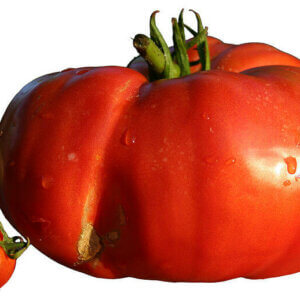













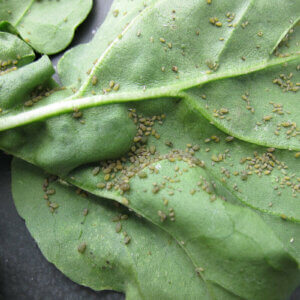

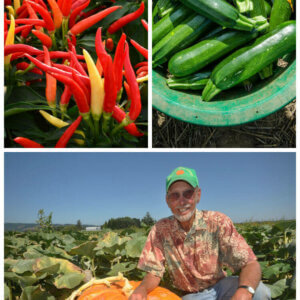







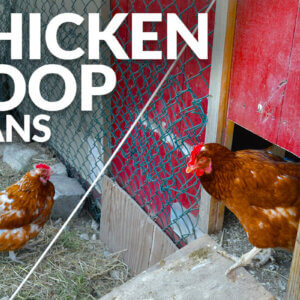

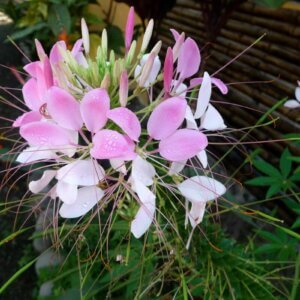
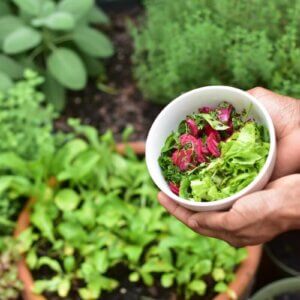









Leave a Reply